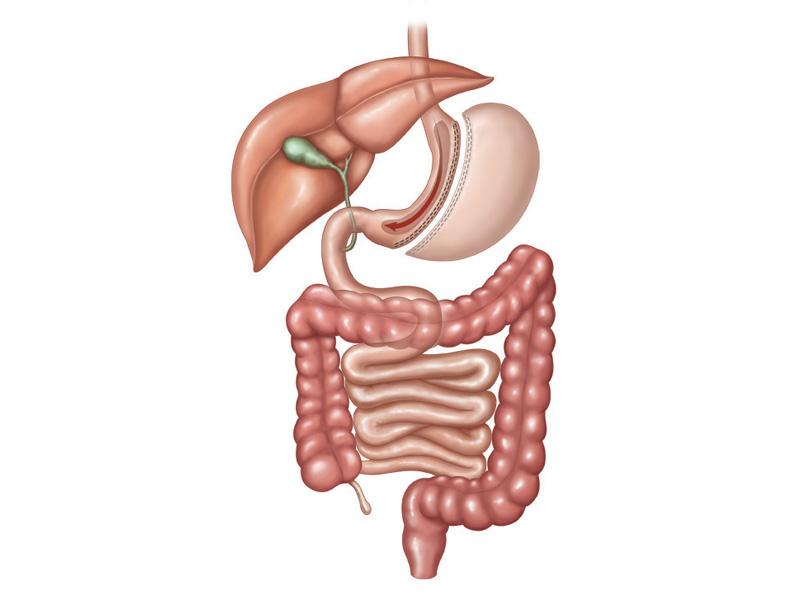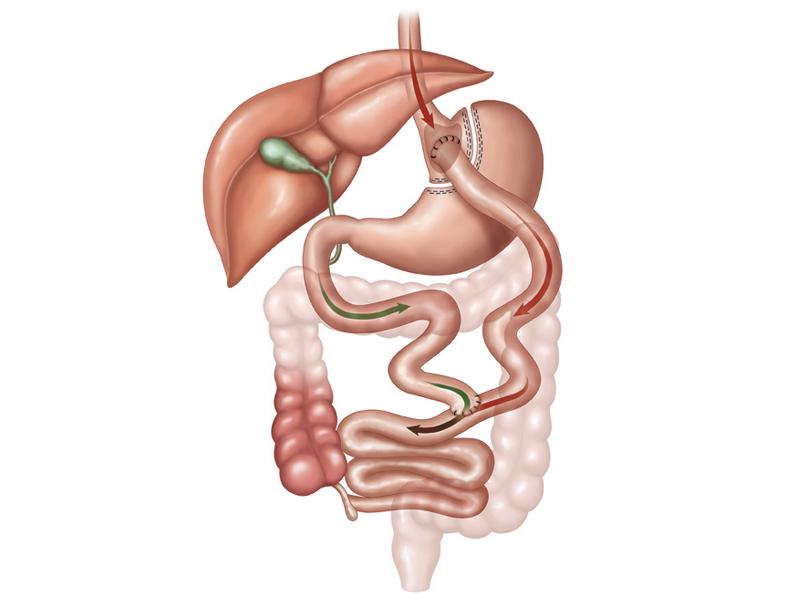
Sleeve Gastrectomy
Laparoscopic Sleeve Gastrectomy is a bariatric procedure that offers an excellent alternative to both gastric bypass and adjustable gastric banding. Sleeve gastrectomy works mainly by reducing stomach volume. During surgery, the stomach is divided vertically and 80 to 85 percent of it is removed. What is left is a long vertical “sleeve” that is shaped like a banana. There is no intestinal bypass with this procedure, only stomach capacity reduction. The portion of the stomach which is removed produces Ghrelin, a hormone that stimulates appetite. This reduces, but does not eliminate, a person’s appetite.

Gastric Bypass
Roux-en-Y gastric bypass surgery uses a combination of restriction and malabsorption. In this procedure, the surgeon creates a small stomach pouch and then constructs a “bypass” for food. The bypass allows food to skip parts of the small intestine. By skipping a large part of the small intestine, the body cannot absorb as many calories or nutrients. The small pouch allows the patient to feel full after a small amount of food.